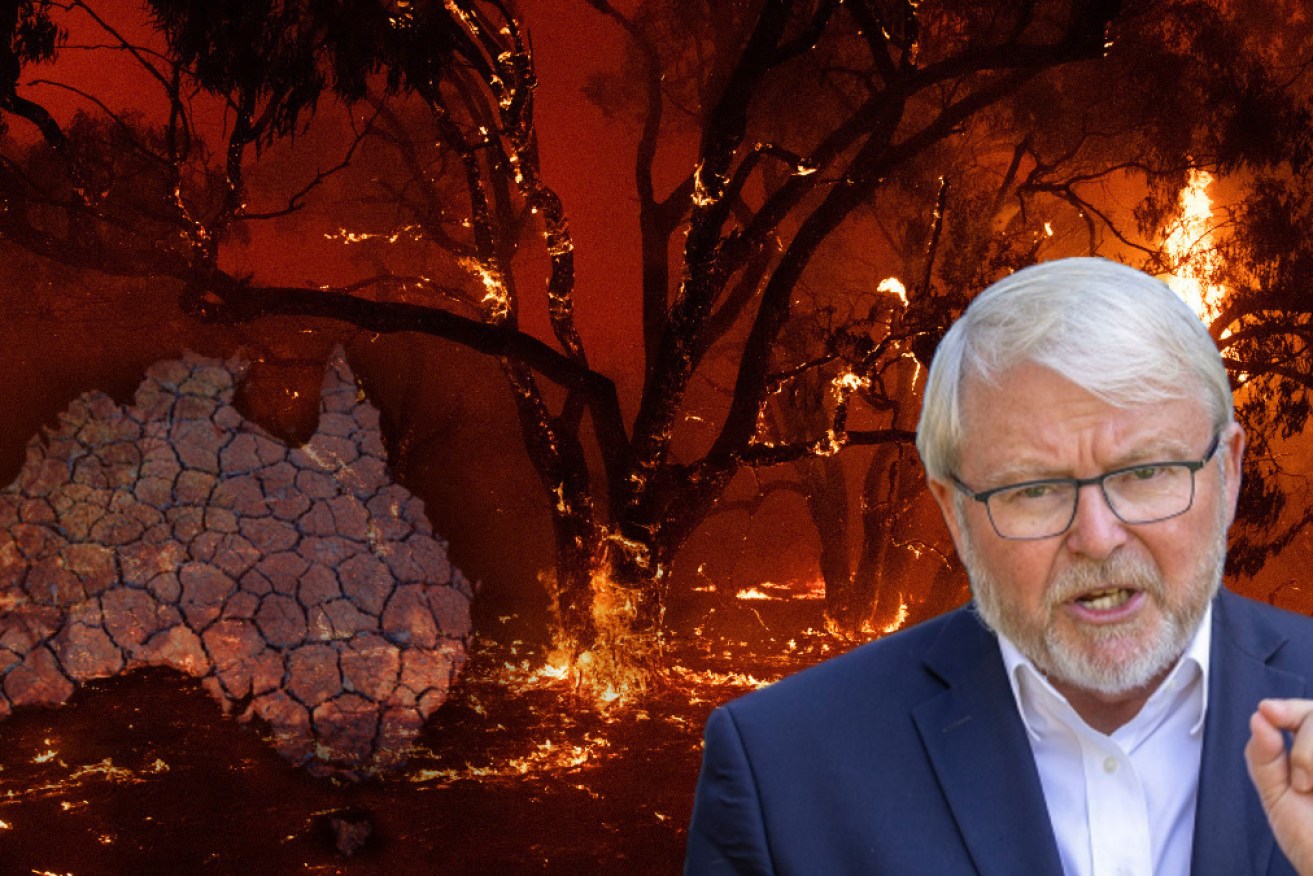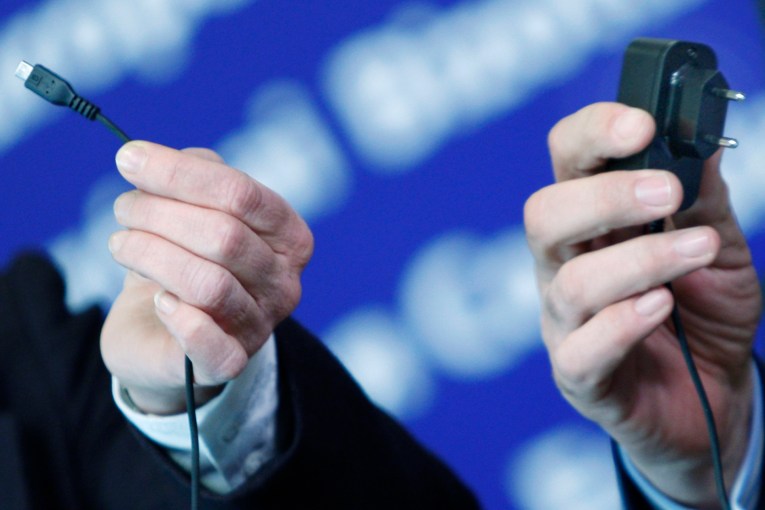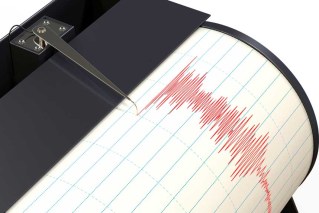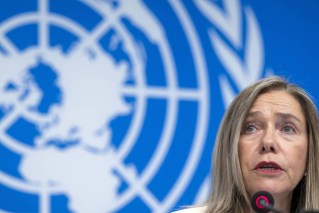Kevin Rudd: Australia must step up to help COP26 avoid the climate catastrophe


COP26 is our best hope for averting climate crisis, but Australia is dragging its feet. Photo: Getty/AAP
To most Australians, United Nations climate conferences come and go at the end of each year and headlines of Australian obstruction and obfuscation under the conservatives are quickly replaced by stories of Christmas cheer.
But it is important to understand why the Glasgow summit at the end of this year is different. And why it is the most important round of UN talks since Paris in 2015, or Copenhagen before that back in 2009.
As John Kerry has said, COP26 is the world’s “last best chance the world has to avoid the climate crisis”.
That is because the science tells us that if we do not effectively halve global emissions by the end of this decade, it will be impossible to keep average global temperature increases within the safe limits agreed in Paris.
To ensure #COP26 is successful, there are 4 goals we need to achieve:
1⃣ Mitigation
2⃣ Adaptation
3⃣ Finance
4⃣ Collaboration#TogetherForOurPlanet | #ClimateActionLearn about our goals 👇
— COP26 (@COP26) May 14, 2021
And it is because in Paris, the world – including Australia – agreed that COP26 would be the moment countries came back to the table to reassess their own levels of ambition for greenhouse gas reductions this decade, above and beyond our existing targets.
If we miss this chance, there is unlikely to be as significant an opportunity for diplomatic mobilisation for another five years. By then, it may be too late – especially for many of our nearest neighbours in the Pacific who stand on the precipice of the worsening climate crisis barrelling towards us.
Six months out from Glasgow, Australia is hopelessly isolated when it comes to the global fight against climate change. In just 14 years we have gone from a climate leader to a climate laggard on the world stage. No amount of Morrison spin changes this.
The fact is countries representing more than 73 percent of global emissions now plan to reach net zero emissions by 2050. Taken together, this means that more than two-thirds of Australia’s two-way trade is now with countries that are actively working towards decarbonising their economies.
For an exporting country like Australia, heavily dependent on the mining and trading of fossil fuels, this has profound implications for our economic future, but we have instead buried our heads in the sand. This means we risk finding ourselves on the wrong side of Carbon Border Adjustment policies being actively implemented by the European Union and mooted elsewhere, such as by the Biden administration in the United States.
It just doesn’t make economic sense.
Green jobs galore
Investing in renewable energy in Australia creates three times more jobs than investing in fossil fuels. Deloitte Access Economics says reaching net zero by 2050 could add $680 billion and grow the economy by an additional 2.6 percent by the time we get to 2070, adding more than 250,000 jobs in the process.
The longer we deny this new climate reality, the harder and costlier the transition will be.
All this begs the question of what the world is actually looking for from Australia by the time we get to COP26. The answer to that is three-fold.
First, to finally embrace a clear and unequivocal goal to reach net zero emissions by 2050. Not “preferably by 2050” as the government likes to say as it executes the world’s most inelegant crab walk, but “by 2050” as the science demands.
There is a rare social compact in Australia for the government to embrace such a goal. This didn’t exist in 2010. It does now.
Even the Murdoch media may be showing signs of creating the political space for the government to now embrace net zero, leaving only the hard right of the Liberal/National Party isolated on this question. Whether the government sides with farmers to include agriculture – or appeases the economic illiterates of the National Party by carving agriculture out – remains to be seen.
But what this means is that we should expect the government to crab walk away from their intransigence on this question by the time they get to COP26 in November. I believe this announcement could come as soon as next month when the Prime Minister attends the G7 as a special guest and where Australia will be the only developed country in the room that refuses to embrace net zero.
Joe Biden’s inspiration
The second thing the world is looking for Australia to do by COP26 is for us to increase our existing 2030 emissions target.
The fact the Australian government believes it can get a leave pass for doing nothing violates both the spirit and the letter of the Paris Agreement.
Other countries like Japan and Canada, which six months ago also looked set to avoid revising their own 2030 targets, have now done an about-face, including as a result of the new wave of momentum generated by recent announcements in the region and Biden’s election in the United States.
In order for Australia to do “our fair share”, and to measure up against the Biden administration and the rest of the developed world, we’d need to also realistically table a target in the order of a 50 per cent cut to greenhouse gas emissions by 2030 – or at least a 45 percent cut as the independent Climate Change Authority setup by our government recommended back in 2015.
And the good news is that Australia actually has capacity to do more, including as a result of the actions of our government a decade ago. This included mandating renewable energy go from four percent of our energy mix back then, to more than 20 percent today.
But now is also the time for a larger-scale renewables plan for Australia. As modelling by Beyond Zero Emissions has shown, in the next two years alone, this would create more than 100,000 jobs – more than 70 per cent of which would be in regional Australia. Plus, within three years, such a plan would increase real wages by one per cent nationally at a time when real wages are currently lower than they were a decade ago.
That’s why I’ve also argued we need to embed solar panels into the National Building Code, and prioritise the retrofitting of community and social housing, including to immediately bring down electricity prices for those that need our help most.
Green Climate Fund
Instead, the Australian government is hell bent on unleashing a so-called “gas-fired recovery” from COVID-19 which risks actually increasing emissions over time, by seeing it as a replacement for coal – not simply a transition fuel where it has an important part to play.
A third area where the international community will be looking for Australian action is to do with the Green Climate Fund.
Australia is now effectively isolated amongst Western donor nations in refusing to provide climate finance through the GCF – an institution once led by an Australia diplomat and chaired by another.
While nothing will make up for the conservatives’ gutting of the aid budget to the lowest level in real terms in our history, and this won’t make up for the lack of an embrace of net zero or an enhanced 2030 target, it is nevertheless a wrong that the government should put right.
COP26 therefore serves as a litmus test for the government on all of these fronts.
But with first Abbott and now Morrison, and the cumulative investment over generations, we now have chest-thumping, increasingly xenophobic, domestically driven political opportunists who make Conan the Barbarian look like a respectable global citizen.
And not only does our international standing suffer. So too does the Australian economy and the jobs, and the living standards of working Australians. Australia deserves better.
Kevin Rudd is a former prime minister of Australia. This is an edited extract of a speech prepared for the Australian Institute of International Affairs last week.








